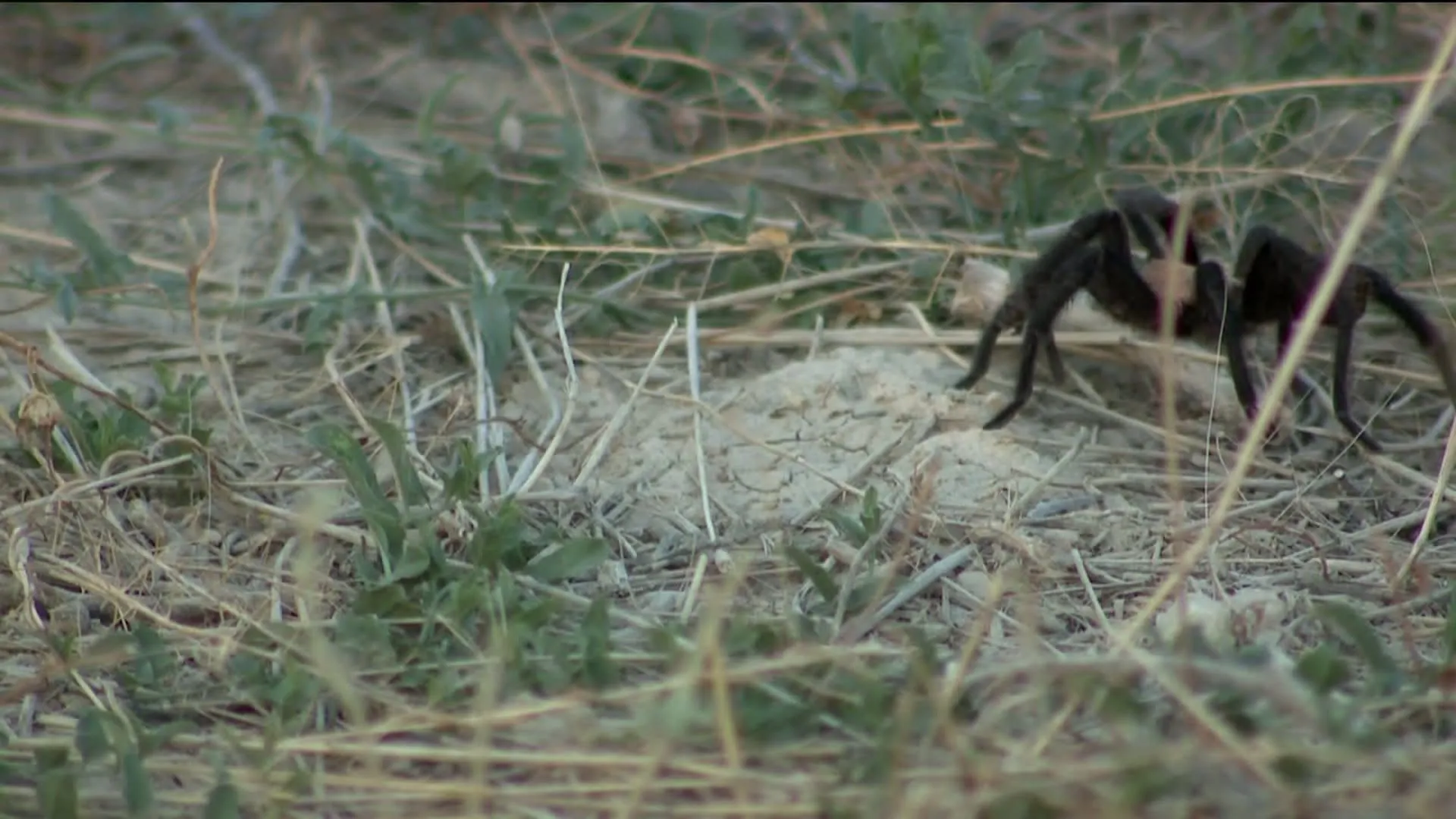What is Tarantula Migration in Colorado
The Colorado Tarantula Migration is a fascinating natural phenomenon that occurs annually, typically in the late summer and early fall. During this period, thousands of tarantulas, primarily male, embark on a journey to find mates. This mass movement often captures the attention of nature enthusiasts and wildlife photographers, creating a spectacle that’s both intriguing and awe-inspiring. The tarantulas, which are generally the size of a human hand, emerge from their burrows and traverse vast distances, often across open fields and roads, in search of females. The event showcases the raw beauty and resilience of wildlife, making it a must-see event for anyone interested in the natural world. This migration is a crucial part of the tarantula life cycle, ensuring the continuation of their species. Understanding the basics of this migration helps appreciate the complexity of these creatures and their role in the ecosystem.
The Timing of the Migration
Understanding the timing of the Colorado Tarantula Migration is key to witnessing this incredible event. This migration typically takes place from late August through October, with the peak activity usually occurring in September. The exact timing is influenced by several environmental factors, which can cause slight variations from year to year. Observing the weather patterns and local reports from wildlife experts can help you pinpoint the best time to plan your viewing experience. It’s important to note that the migration period is relatively short, making it essential to stay informed and be prepared to visit potential viewing locations during the active season. Keeping abreast of the latest information increases your chances of witnessing the migration in its full glory, offering an unparalleled natural spectacle.
When Does Tarantula Migration Occur
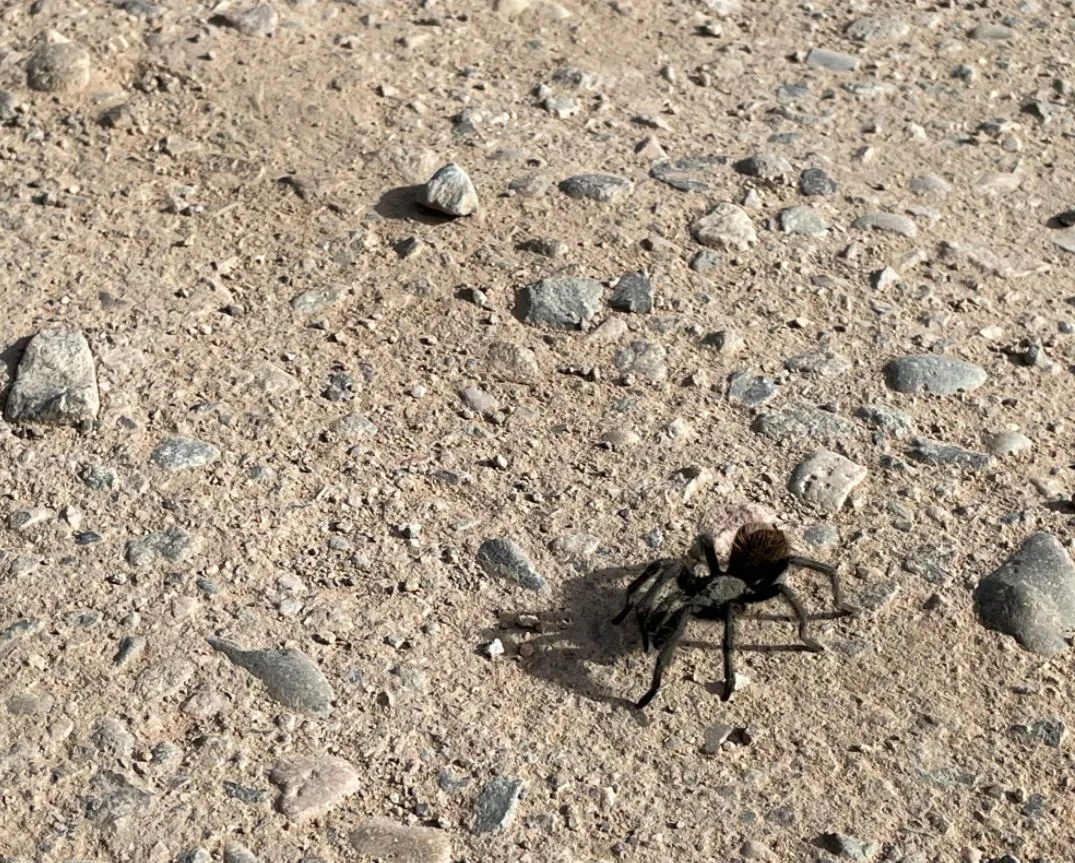
Tarantula migration primarily occurs during the late summer and early fall months, aligning with the breeding season of these spiders. Generally, the migration begins in late August and extends into October, with the peak activity typically happening in September. The duration and intensity of the migration can be influenced by weather conditions, such as temperature and rainfall. Mild, warm days often encourage more significant migration activity, while extreme weather might slow it down. Monitoring local weather forecasts and any updates from wildlife organizations can provide real-time information about the best times to observe the tarantulas on the move. Being aware of these temporal patterns improves your chances of witnessing the peak migration activity, making your viewing experience more rewarding and memorable.
Factors Influencing Migration
Several factors influence the timing and intensity of the Colorado Tarantula Migration. Temperature is a significant driver, with warmer temperatures generally encouraging tarantulas to emerge from their burrows and begin their journey. Humidity also plays a role, as increased moisture levels can make the environment more favorable for the tarantulas. The availability of prey might also impact their movement, though the primary motivation is the search for mates. Monitoring the weather and environmental conditions in the weeks leading up to the migration period is crucial for predicting the optimal viewing times. Local news and wildlife reports provide valuable insights into these factors and can help in planning your visit, thus increasing the likelihood of witnessing the peak of the migration.
Where to Watch the Tarantula Migration
Colorado offers several prime locations to witness the annual tarantula migration. The grasslands and open areas of southeastern Colorado are particularly known for their high tarantula populations and migration activity. Areas such as the Comanche National Grassland and surrounding regions are popular spots for both locals and visitors. These locations provide ideal habitats for tarantulas, with ample space for their burrows and opportunities for migration. Planning your visit involves researching these known locations, potentially contacting local wildlife centers for specific information, and ensuring you adhere to all park regulations to protect both the spiders and their environment. Being in the right place at the right time significantly enhances your chance of experiencing the spectacle of the migration.
Prime Viewing Locations
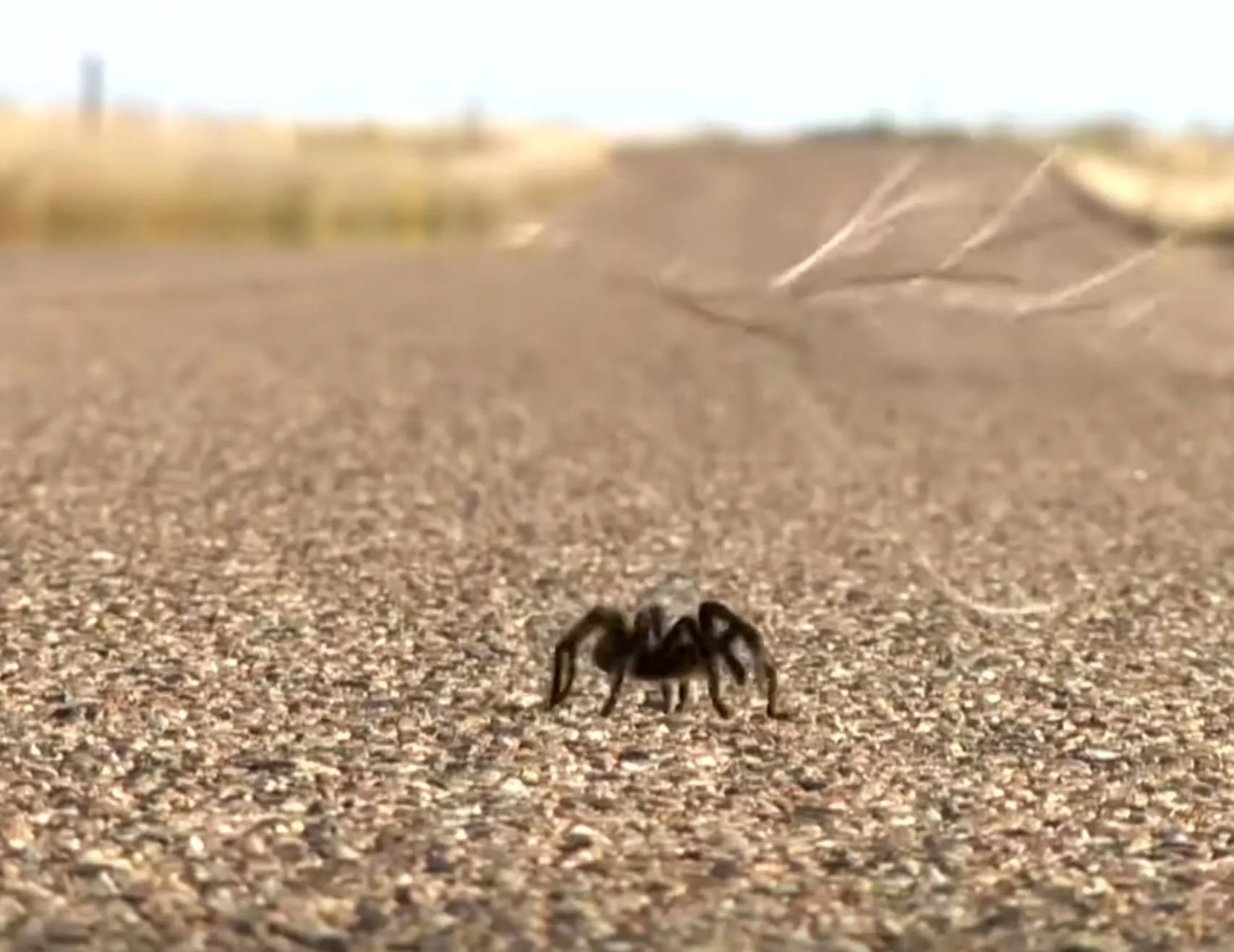
The Comanche National Grassland, located in southeastern Colorado, is one of the most renowned areas for observing the tarantula migration. This vast grassland provides a rich habitat for these spiders, making it a hotspot for migration activity. Other areas to consider include Pawnee National Grassland, and similar landscapes that offer open spaces and suitable terrains. Researching these locations and checking for any recent reports or updates from local wildlife organizations is crucial before planning your trip. Furthermore, considering the potential weather conditions and accessibility of the sites will help you prepare for a safe and rewarding experience. Being well-informed about the best viewing spots greatly increases your chances of witnessing a successful and memorable migration.
Tips for Safe Viewing
When observing the Colorado Tarantula Migration, safety should always be a priority. Maintaining a safe distance from the tarantulas is crucial; these spiders are not aggressive but may bite if they feel threatened. Wearing appropriate footwear, such as sturdy hiking boots, can protect you from potential hazards, including uneven terrain or other wildlife. It is advisable to avoid disturbing the tarantulas or their habitats. Remember that these creatures are part of the natural ecosystem and need to be respected and protected. Staying aware of your surroundings, especially for vehicle traffic if you are near roads, is also essential. Bringing a friend or family member adds an extra layer of safety, and it’s wise to have a first-aid kit. Respecting the environment and the wildlife will ensure a safe and enjoyable experience while viewing the tarantula migration.
Facts About the Tarantulas
Understanding the tarantulas themselves enhances your appreciation for the migration. The species that primarily participates in the Colorado migration is the Oklahoma Brown Tarantula (Aphonopelma hentzi), known for its large size and impressive appearance. These spiders are not inherently aggressive, but they possess the ability to bite if they feel threatened. Their primary defense mechanism is the release of urticating hairs from their abdomen, which can cause irritation. The male tarantulas, the primary actors in the migration, are usually more brightly colored than females and possess specific physical features, such as tibial hooks, that aid in mating. Knowing these basic facts will help in identifying and appreciating these unique creatures during your viewing experience, increasing your respect and understanding of their role in the ecosystem.
Species of Tarantulas in Colorado
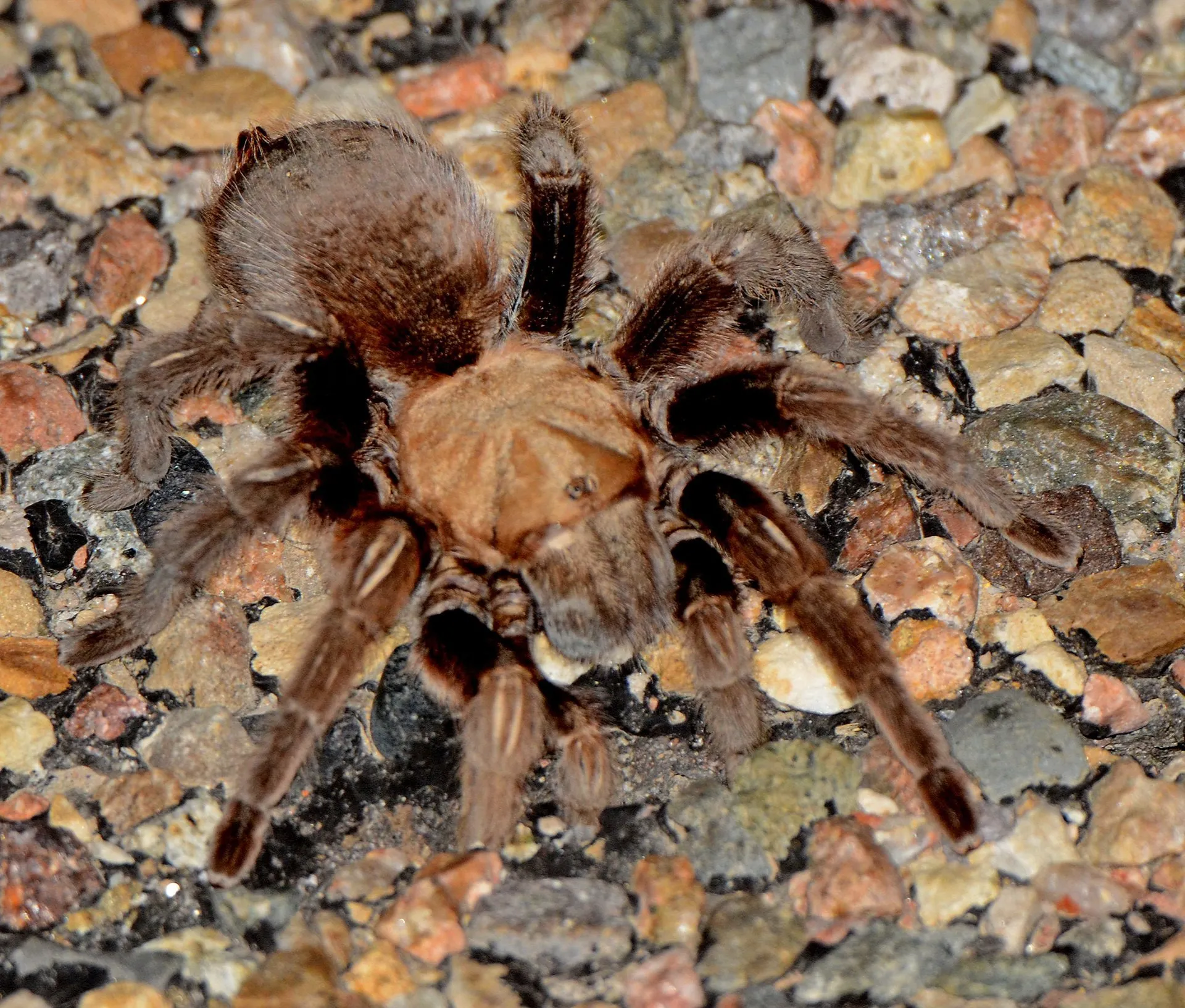
While various tarantula species can be found across the United States, the Oklahoma Brown Tarantula (Aphonopelma hentzi) is the primary species seen migrating in Colorado. These spiders are known for their relatively large size, with a leg span that can reach up to five inches. The females typically remain in their burrows, while the males embark on the migratory journey in search of mates. The Oklahoma Brown Tarantula is well-adapted to the arid conditions of the Colorado grasslands, making it a prevalent species in the region. Recognizing this species allows you to identify them during their migration and provides a better understanding of the unique adaptations and behaviors that define these amazing arachnids. Learning about the specific species enhances the overall experience of witnessing the migration.
Male vs Female Tarantulas
Male and female tarantulas exhibit distinct differences, particularly during the breeding season. The males, which are primarily responsible for the migration, tend to be more colorful than the females. They possess physical adaptations, such as tibial hooks on their front legs, used to secure the female during mating. The females typically remain in their burrows, awaiting the arrival of the males. They are generally larger and more robust than the males. During the migration, male tarantulas are focused on finding a mate, while females are focused on their home. Understanding these differences in appearance and behavior provides insight into the dynamics of tarantula reproduction, making the migration experience more informative and fascinating.
The Purpose of Migration
The primary purpose of the Colorado Tarantula Migration is reproduction. Male tarantulas, driven by their mating instinct, embark on a journey to find receptive females. Their ultimate goal is to mate and pass on their genes, ensuring the continuation of the species. This intense drive is what fuels their movement, often covering significant distances. The migration marks a critical period in the tarantula life cycle, as the males are willing to face many dangers to find a mate. Witnessing the migration provides an intimate glimpse into the reproductive strategies of these fascinating creatures, highlighting the essential biological processes that drive their survival.
Mating Rituals During Migration
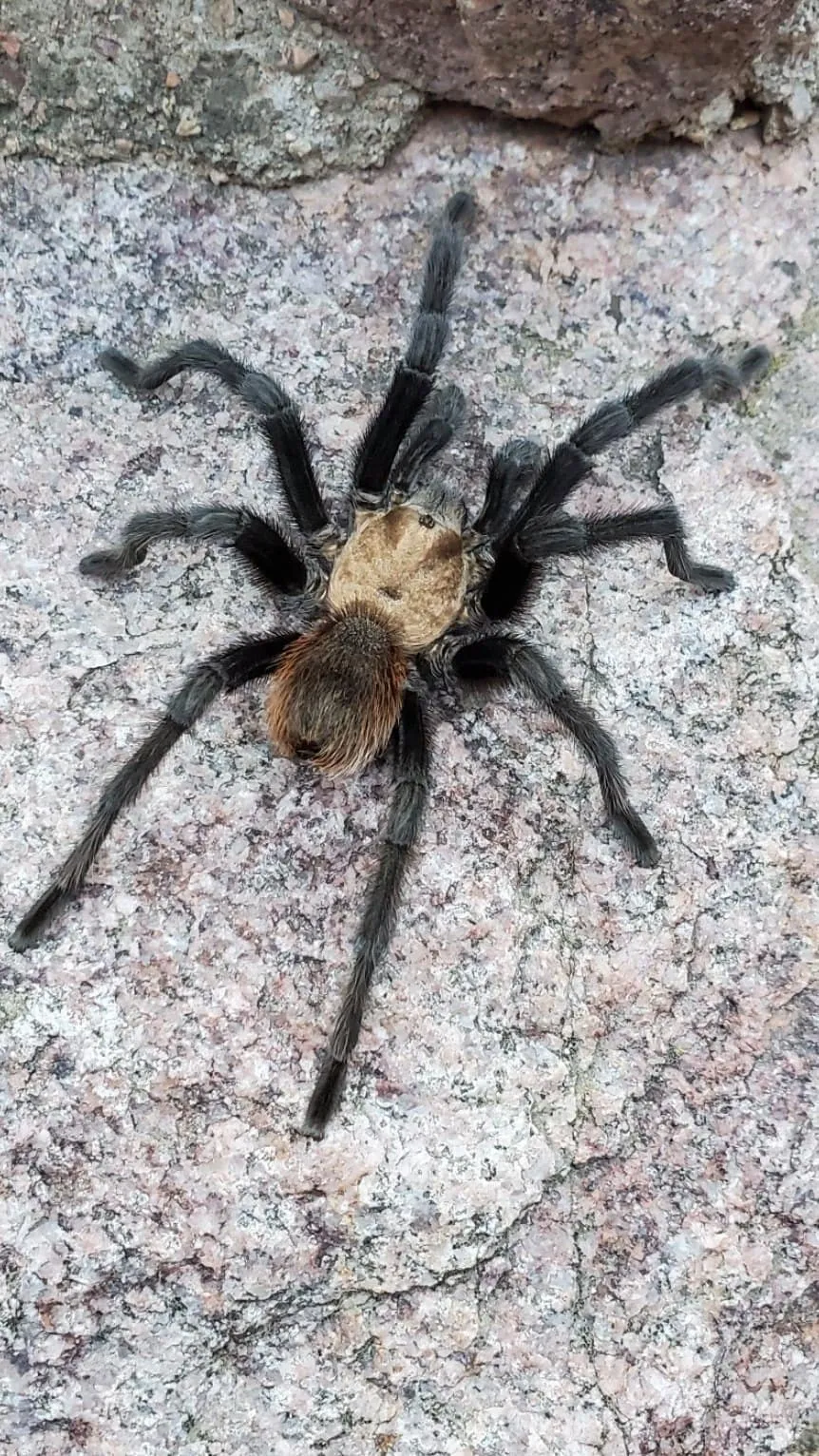
Mating rituals during the Colorado Tarantula Migration are a fascinating spectacle in themselves. Once a male tarantula locates a female’s burrow, he begins a complex courtship process to signal his interest. This often involves drumming or tapping on the ground, creating vibrations that the female can sense. The male will then approach the female carefully, using his tibial hooks to secure her fangs during mating. The process is delicate and vital for the continuation of the species. Witnessing these rituals provides insights into the complex behaviors and evolutionary adaptations of these spiders. The courtship and mating process highlights the crucial role that the migration plays in the life cycle of tarantulas.
Predators and Threats During Migration
During the Colorado Tarantula Migration, tarantulas face various predators and threats. Birds of prey, such as hawks and owls, are natural predators, often preying on the migrating tarantulas. Other threats include snakes, coyotes, and even other tarantulas. The risk of being hit by vehicles on roads also poses a serious danger, especially during the peak migration season. Understanding the threats facing these spiders can enhance awareness of their vulnerability, thus encouraging conservation efforts. The migration period is especially perilous, with the tarantulas exposed as they traverse open areas. This highlights the challenges of their survival, underscoring the need to protect their habitats and minimize human impact.
How to Capture Migration on Video
Capturing the Colorado Tarantula Migration on video can be a rewarding experience, allowing you to share this fascinating natural event with others. Planning and preparation are essential for getting good video footage. Choosing the right equipment, understanding the behavior of the tarantulas, and respecting their environment are all crucial aspects. Setting up your camera in a strategic location, where you can observe the tarantulas as they move, is important. Patience and a keen eye for detail will greatly improve your chances of capturing memorable footage. The resulting video can be a valuable tool in raising awareness of this spectacle, and in promoting its conservation.
Best Equipment for Filming
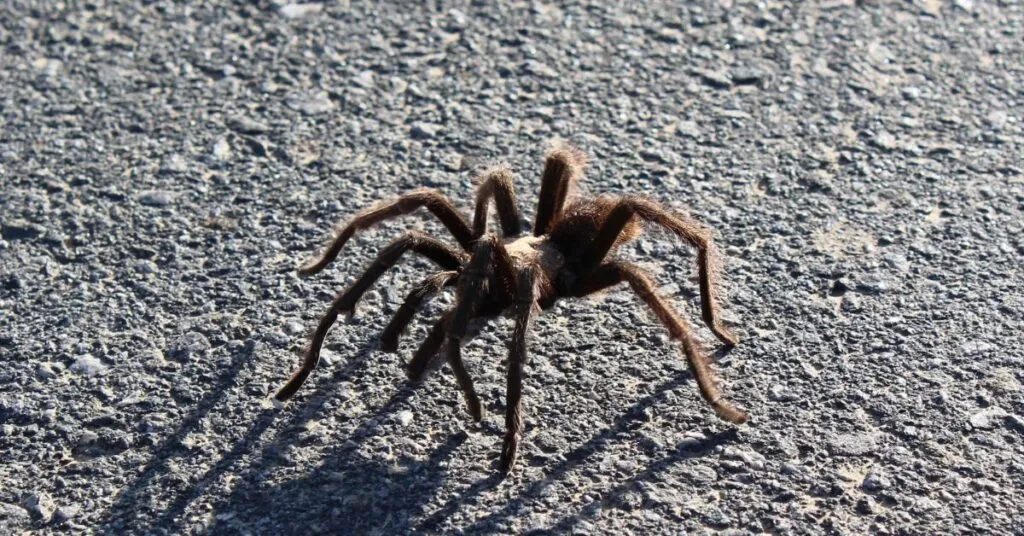
When filming the Colorado Tarantula Migration, the right equipment can make a significant difference in the quality of your video. A good quality camera with excellent zoom capabilities is essential, allowing you to capture clear shots from a safe distance. A tripod is highly recommended to stabilize your shots, preventing blur and ensuring smooth footage. Consider using a camera with strong low-light performance, as the migration may occur during early morning or late afternoon, which may be dark. Additional equipment, such as a macro lens, can allow you to capture the intricacies of these spiders and their behavior. Having the right gear enhances your ability to document this unique event, providing valuable footage for educational or personal use.
Tips for Capturing Great Video
Several tips can help you capture great video footage of the Colorado Tarantula Migration. First, be patient. The tarantulas move slowly, so you will need to dedicate enough time to capture their movements and behaviors. Observe the environment carefully, and anticipate their paths to get the best shots. Using natural light effectively can improve the quality of your video significantly. Avoid harsh direct sunlight, and instead, aim for softer light during the early morning or late afternoon. Remember to respect the tarantulas’ environment, and avoid disturbing their activities. Editing your footage after capturing it, adding audio and captions, will further enhance the final product, allowing you to share the wonder of the migration with others.
Conservation and Tarantula Migration
The Colorado Tarantula Migration provides an excellent opportunity to raise awareness about conservation efforts. These spiders play a vital role in the local ecosystem, helping to control insect populations. Their presence is an indicator of a healthy environment, and protecting their habitat is crucial for preserving biodiversity. Educating the public on the importance of tarantulas, the impact of human activities, and conservation measures can help sustain the migration for generations to come. Support for conservation efforts is therefore essential in ensuring that the tarantulas can continue their natural migration.
The Importance of Protecting Tarantulas
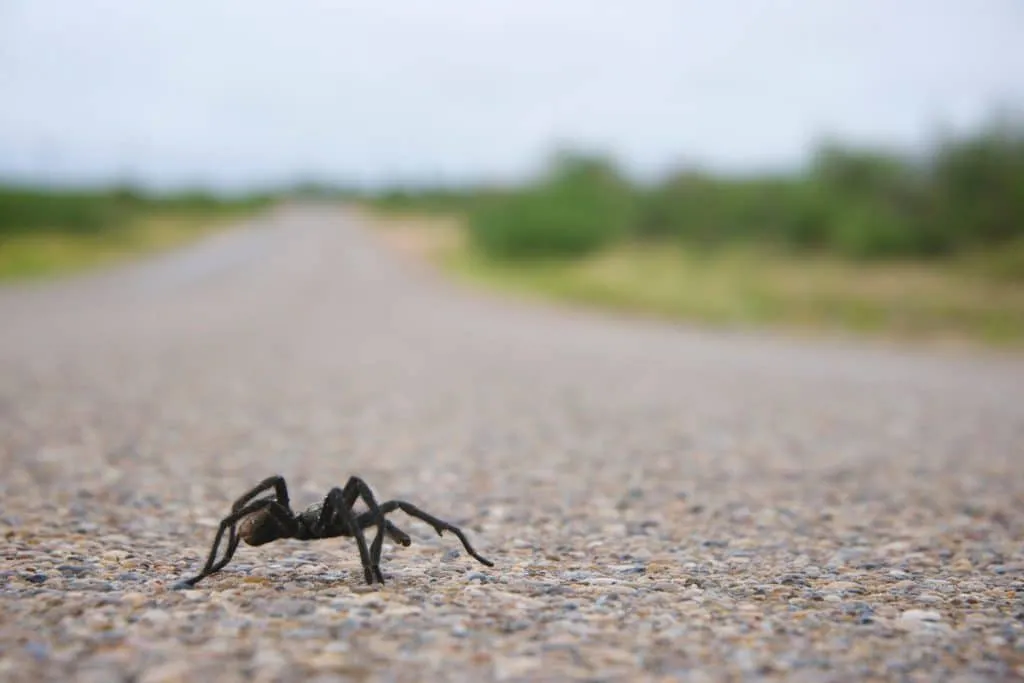
Protecting tarantulas and their habitats is critical for maintaining the health and balance of the local ecosystem. These spiders serve as a food source for various animals, and they help control the insect population, preventing overpopulation and its potential negative effects. Furthermore, the presence of a thriving tarantula population reflects the overall health of the environment. Human activities, such as habitat destruction, pesticide use, and vehicular traffic, can pose significant threats to these creatures. Promoting conservation practices, supporting local wildlife organizations, and educating the public about the importance of these spiders can contribute to their preservation. Protecting tarantulas ensures the survival of a fascinating species and contributes to a balanced and thriving ecosystem.
How You Can Help
There are many ways you can help protect the Colorado Tarantula Migration and contribute to tarantula conservation. You can support local wildlife organizations by donating or volunteering your time to assist with conservation efforts. Educate yourself and others about the importance of these creatures and their habitats. Avoid using pesticides in your gardens, as these chemicals can harm tarantulas and other beneficial insects. If you are visiting migration locations, be sure to respect the environment, stay on marked trails, and avoid disturbing the tarantulas. Spread awareness about the migration and its importance through social media or by sharing educational resources. Your actions, no matter how small, can collectively make a significant difference in protecting tarantulas for future generations.
